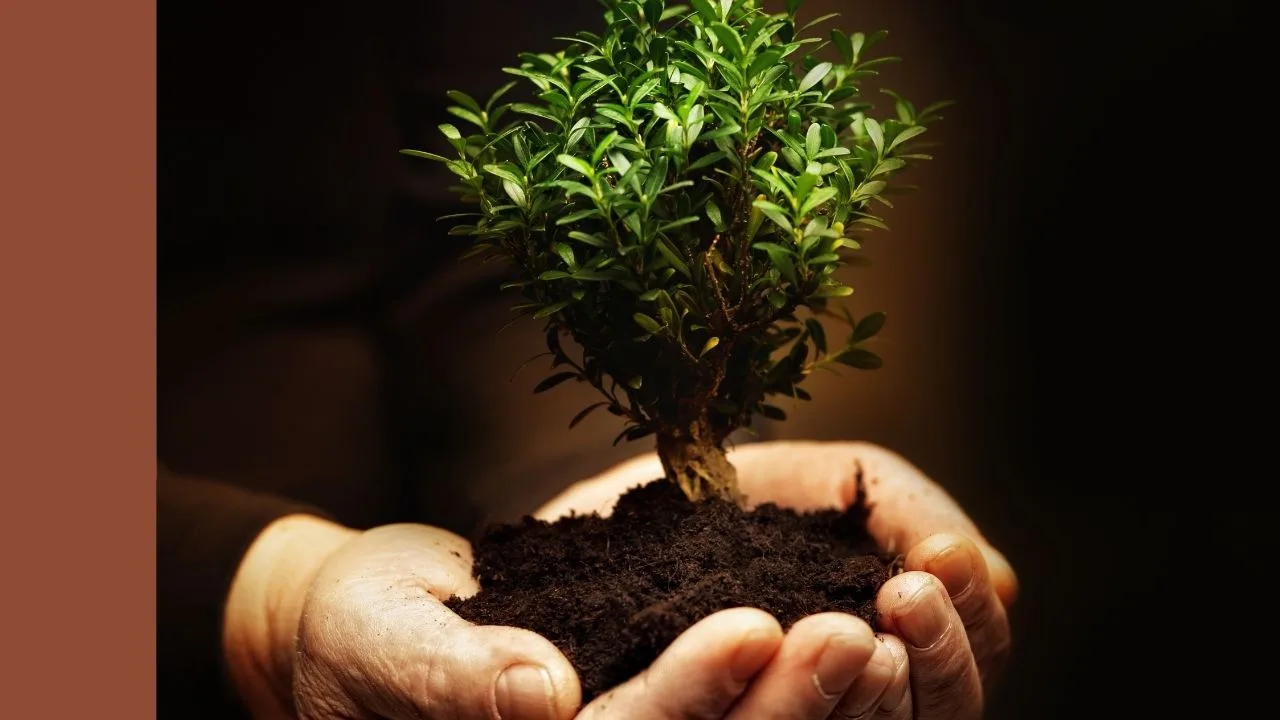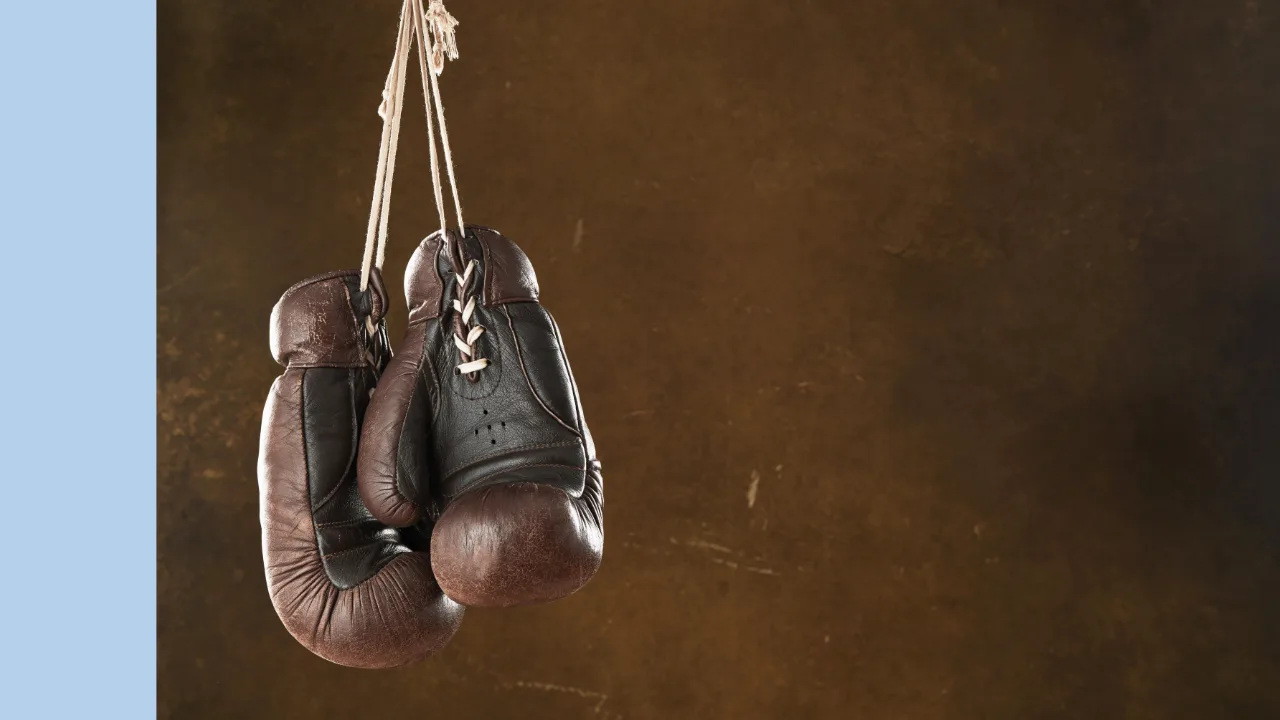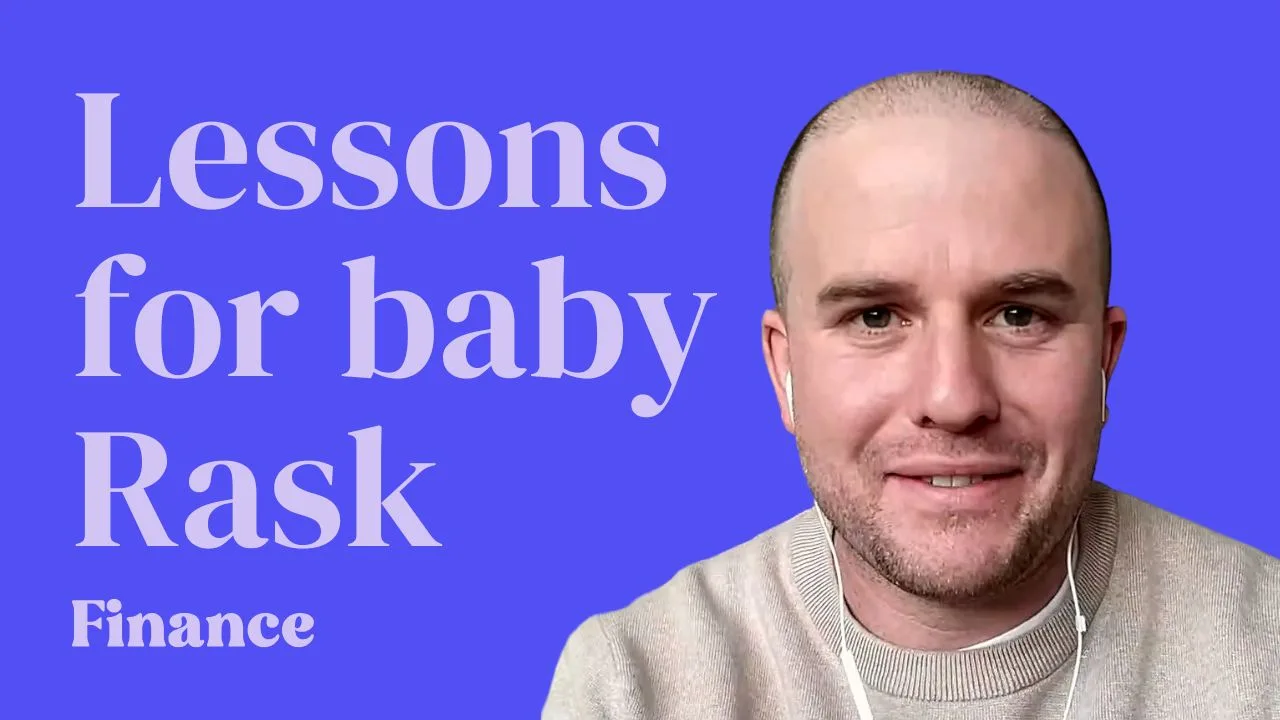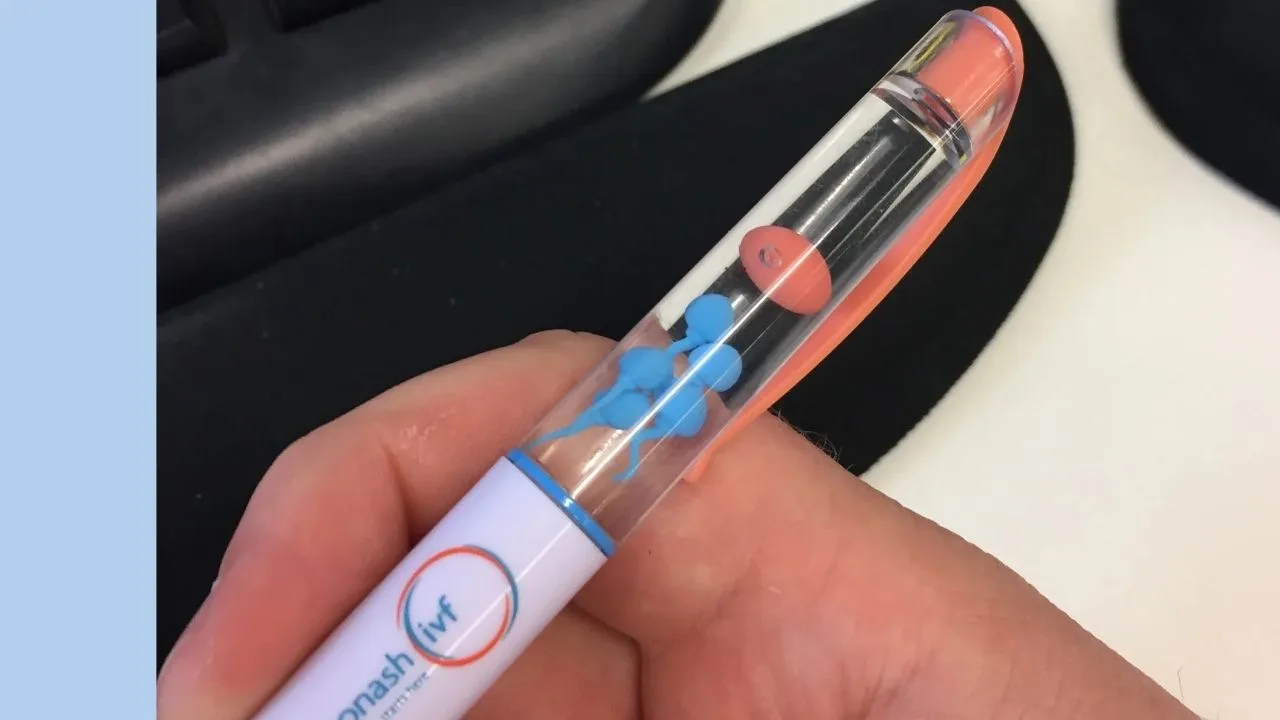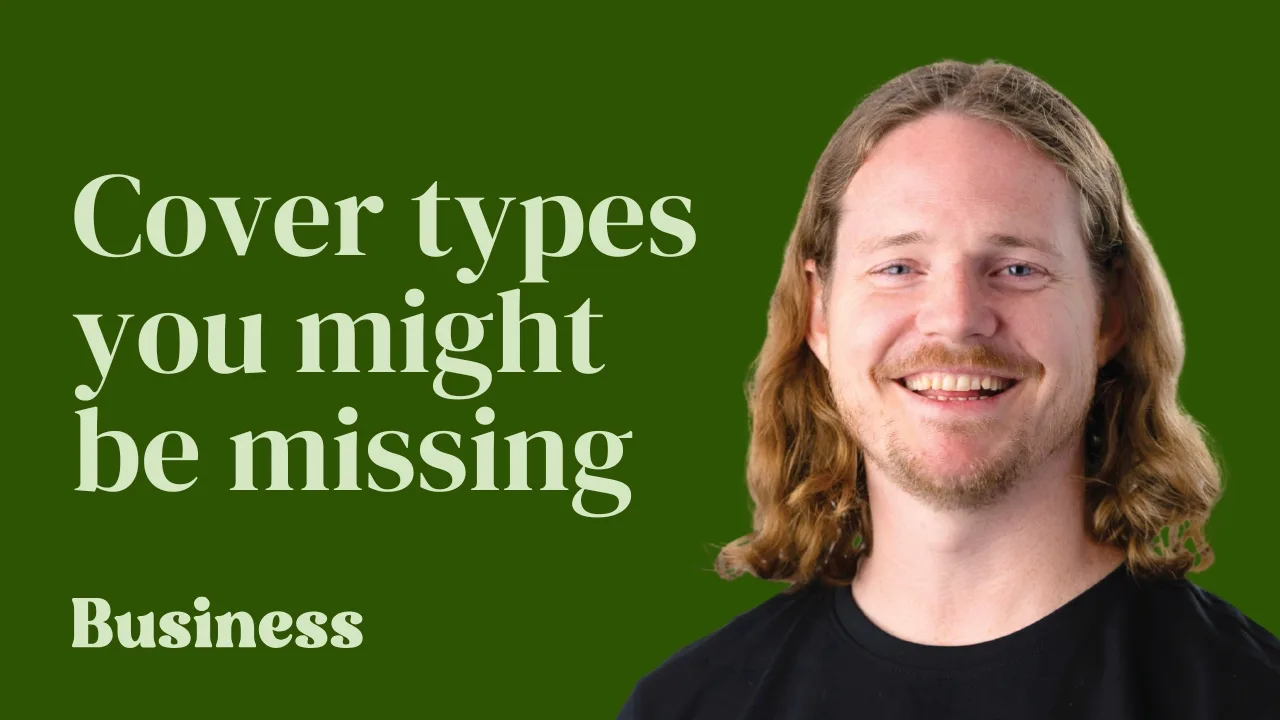The KMD Brands Ltd (ASX: KMD) share price has fallen by more than 10% after giving a trading update.
KMD operates a few different businesses including Kathmandu, Rip Curl and Oboz.
Weak trading update
The company said in the first four months of FY24, to 30 November 2023, saw group sales falling by 12.5% compared to last year. This reflected “ongoing weakness in consumer sentiment.”
Kathmandu has seen weakness in rainwear and ‘insulation’ categories in Australia, with Kathmandu sales down by 21.6% year on year, compared to growth of 71.7% last year.
Rip Curl total sales were down 5.7%, while Oboz sales were down 18.2%. Remember that FY23 was a record sales year for both brands, and they have “continued to deliver good results in direct-to-consumer sales.” This is probably helping support the KMD share price from falling further.
However, KMD said the group gross profit margin has improved, with “operating costs well controlled and actively managed.”
Total underlying EBITDA (EBITDA explained) for FY24 to date was $16 million lower than last year, with the key Christmas and January retail trading periods still to be completed and reported.
KMD also revealed that its working capital has decreased by 10.2% year on year.
How did the Back Friday sales go and what next for the KMD share price?
Management explained the Black Friday promotions for both Rip Curl and Oboz delivered strong sales as those brands continued to perform in to direct-to-consumers, while navigating short-term weakness in wholesale channels as retailers reduce inventory during this period of uncertain trading conditions.
The company’s key focus is to improve Kathmandu’s sales performance.
It wants to optimise its gross profit margin, control operating costs and reduce working capital for all of its brands.
KMD also revealed it’s making progress towards its working capital target of 18% of sales for the full year, which is expected to “drive strong cash flow generation in the second half.”
With the KMD share price now trading at levels last seen during the worst of the COVID-19 crash, I think it could be a turnaround opportunity at the current price if we look ahead two to four years, but it could be a bumpy period until then.

